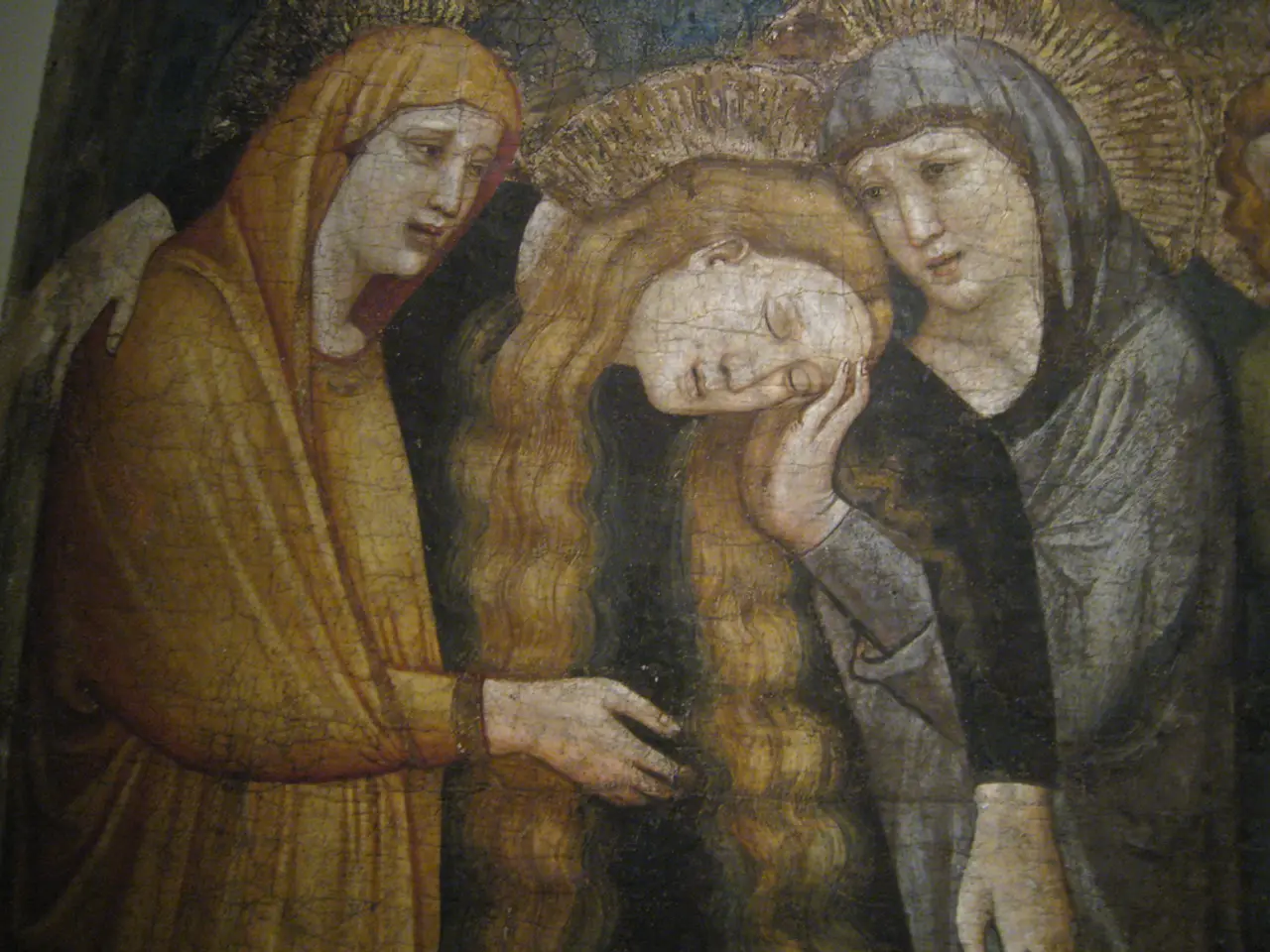AI's Ascendancy in the Realm of Pro Recordings, particularly in Professional Photography
In the ever-evolving world of photography, Artificial Intelligence (AI) has emerged as a game-changer, revolutionising the way images are captured, edited, and perceived. This technological advancement has broken down traditional barriers, enabling amateur photographers to create professional-quality work without the need for expensive equipment or extensive technical training.
Smartphones are now equipped with AI that captures multiple images simultaneously, merges them, and optimises lighting and scene settings. This redefines what we consider a "real" photograph, making high-quality image creation more accessible than ever before.
The editing process has also been transformed, with AI tools capable of replacing skies, adjusting facial features, and anticipating user preferences. This drastically reduces editing time and technical skill requirements, leveling the playing field between amateurs and professionals.
This democratisation of photography shifts the focus from access to gear and technical expertise towards creativity and vision. Budget-friendly devices and AI apps enable a broad audience, including teenagers, to create complex photographic effects with ease.
For traditional photographers, adopting AI technology doesn't mean sacrificing their unique creativity. Instead, they can use AI as a tool to enhance their personal creativity and vision. This can be achieved by:
- Utilising AI as an assistant rather than a replacement, allowing computers to handle routine corrections and enhancements so photographers can concentrate on composition and artistic vision.
- Leveraging AI to experiment with new aesthetic styles or editing techniques that were previously difficult or time-consuming, thereby expanding their creative palette without losing individual style.
- Remaining critical of AI outputs and applying selective manual adjustments to ensure the final image reflects their unique perspective rather than generic AI-generated results.
- Staying informed about the evolving AI landscape and legal/ethical considerations around AI use in creative fields to navigate copyright and creative ownership responsibly.
In essence, AI redefines photography by making high-quality image creation more accessible and shifting creative control towards conceptual and stylistic decisions. Traditional photographers can thrive by embracing AI's computational strengths as tools to enhance—rather than supplant—their personal creativity and vision.
AI tools are seen as companions rather than adversaries in the field of photography. The author encourages readers to delve into the realm of AI and embrace the technologies that can invigorate creative endeavours. For further exploration of the topic, consider visiting the external site "ai cv photo".
The heart of photography lies in the storyteller behind the lens, with AI serving as a tool to bring visions to life. The world of photography is a vibrant tapestry woven with advancements designed to empower and inspire. Incorporating AI does not diminish the art of photography; instead, it elevates it, opening up a rich array of possibilities that have yet to be fully explored.
AI tools can streamline editing processes, offering suggestions and making automatic corrections. They can suggest optimal angles and compositions, opening avenues for newfound creativity. Embracing AI allows photographers to refine their techniques and challenge themselves to evolve as artists while keeping the soul of their craft vibrant.
AI advancements are likely to help photographers flourish in an ever-evolving landscape. Striking a balance between traditional photography and AI technology is essential for photographers. AI introduces features like automated retouching, sophisticated algorithms for managing iterations, and predictive capabilities that can help frame shots.
However, it's important to remember that the unique perspective and emotional depth that a human photographer brings into the sphere cannot be replicated by machines. AI tools analyse compositions and lighting conditions, providing real-time feedback. Photographers must decide whether to immerse themselves in AI for enhanced productivity and results or remain committed to traditional methods.
AI tools do not replace human creativity in photography; they complement it. AI serves as a companion, not a competitor, in the world of photography. AI tools can transform images into something surreal, but it's important to ensure each edit remains true to the original vision.
In conclusion, the integration of AI into photography is a testament to the industry's commitment to democratising the art and making it more accessible. Embracing AI can elevate the art of photography, opening up a world of possibilities that have yet to be fully explored.
- The advancements in Artificial Intelligence (AI) have revolutionized photography, allowing smartphones to capture and optimize images with algorithms and automation.
- AI tools have transformed the editing process, enabling easy adjustments and the creation of complex photographic effects for a broad audience.
- AI technology doesn't have to supplant traditional photography; instead, it can serve as a tool for photographers to enhance their personal creativity and vision.
- To thrive in the era of AI, traditional photographers can use AI as an assistant, experiment with new aesthetic styles, and apply selective manual adjustments to ensure their unique perspective remains intact.
- The author encourages readers to explore AI tools for a more vibrant and creative photographic experience, suggesting the external site "ai cv photo" for further information.
- Striking a balance between traditional photography and AI technology is essential for photographers, as AI introduces features like automated retouching, sophisticated algorithms, and predictive capabilities, while the unique perspective and emotional depth that a human photographer brings cannot be replicated by machines.




